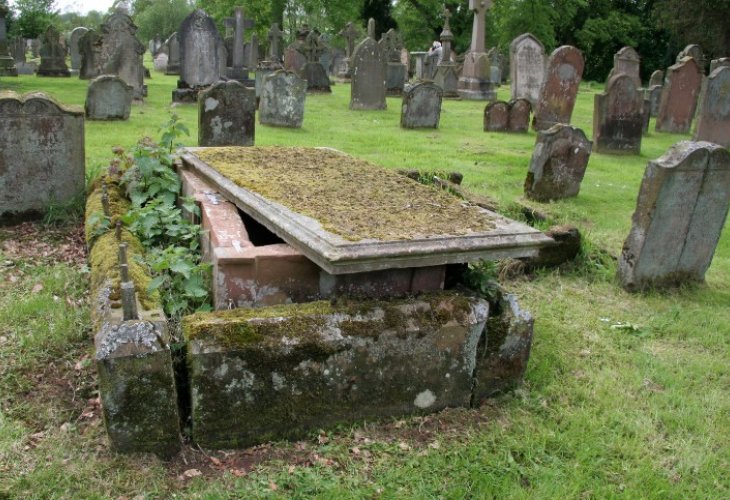Personal Stories
A Shabbat Story: The Tzaddik’s Resting Place: A Story of Faith and Honor
The mystery of Rabbi Shimon Lavi’s tomb and a miracle that silenced a bitter dispute

About 470 years ago, a journey from Spain to the Land of Israel was filled with danger. Harsh weather, wild animals, and bandits were all common threats. But none of that stopped the great kabbalist Rabbi Shimon Lavi, whose yahrzeit (anniversary of passing) is on the 14th of Av. He was determined to reach the Holy Land and kiss its sacred soil.
Even if you haven’t heard of Rabbi Shimon Lavi himself, you’ve almost certainly heard the famous song he composed: “Bar Yochai.” This deeply spiritual song, filled with mystical meaning, is sung in Jewish communities around the world on Shabbat, during celebrations, and especially on Lag BaOmer in honor of Rabbi Shimon bar Yochai.
Rabbi Shimon Lavi’s journey to the Land of Israel was filled with hardship. Along the way, he was even captured by Arabs, but through miracles he managed to escape and continue. However, what bandits and dangers didn’t stop his own people did, unintentionally.
As Rabbi Chaim Yosef David Azulai (the Chida) tells in his sefer Shem HaGedolim, Rabbi Shimon stopped in Tripoli, Libya on his way from Spain. What he saw there broke his heart. The Jews of Tripoli were good people, but Torah knowledge had faded. Most couldn’t even read Hebrew. They held on to scraps of memory from past generations, but ignorance had taken hold.
Rabbi Shimon couldn’t continue to the Land of Israel knowing an entire Jewish community was spiritually adrift. He stayed. For thirty-nine years, he taught Torah, uplifted souls, and helped rebuild Jewish life in Tripoli and throughout Libya.
Eventually, like all people, Rabbi Shimon reached the end of his days. He lived a long life, full of purpose, and the Jews of Tripoli buried him with great honor in the Al Dahara neighborhood, an area with a large Jewish population. For them, having the tzaddik (righteous man) who had changed their lives buried in their midst was a tremendous privilege.
Years passed, and then tragedy struck. The local Arabs began to harass the Jews. They noticed that Jews regularly visited Rabbi Shimon’s grave and that many people came to pray there and were helped. The Arabs decided that the grave must belong to one of their own prophets.
They claimed that the site actually held the grave of a Muslim holy man and demanded ownership. The Jews fought back, trying to prove that the tzaddik buried there was their Rabbi Shimon Lavi. They knew details of his life and teachings, while the Arabs could offer no real background on their supposed prophet.
Eventually, the dispute was brought before the city’s governor an Arab himself. He issued a ruling: open the grave. If the person buried there was a Jew, he would be wrapped in a tallit (a prayer shawl with tzitzit/fringes). If it was a Muslim, he would be buried in plain shrouds, without a tallit.
The Jewish community was heartbroken at the idea of disturbing their beloved tzaddik’s resting place. But they had no choice.
On the appointed day, the Arabs came to open the grave. What they saw stunned them. Rabbi Shimon Lavi lay there wrapped in a tallit, his body completely intact. His face shone with a spiritual glow, as if he were peacefully asleep, like an angel of Hashem.
The fear of Heaven fell upon them. Without a word, they quietly left the site, deeply humbled and shamed. The grave remained undisturbed from that day forward.

